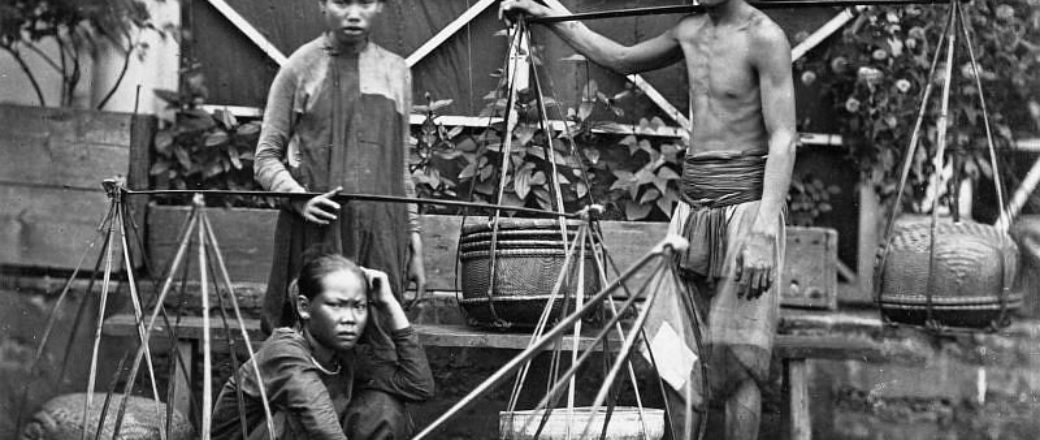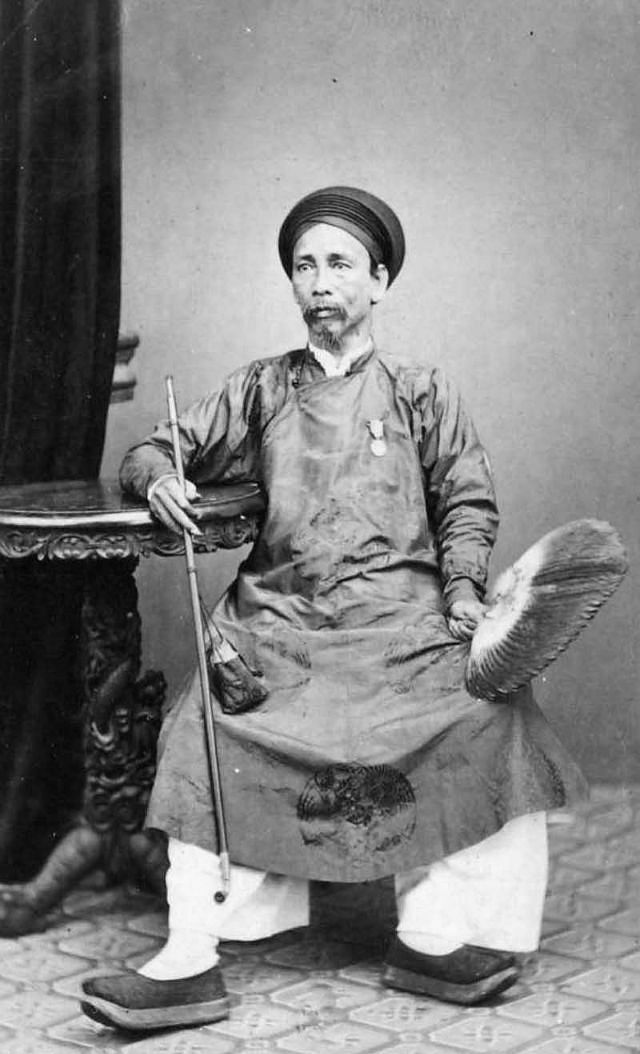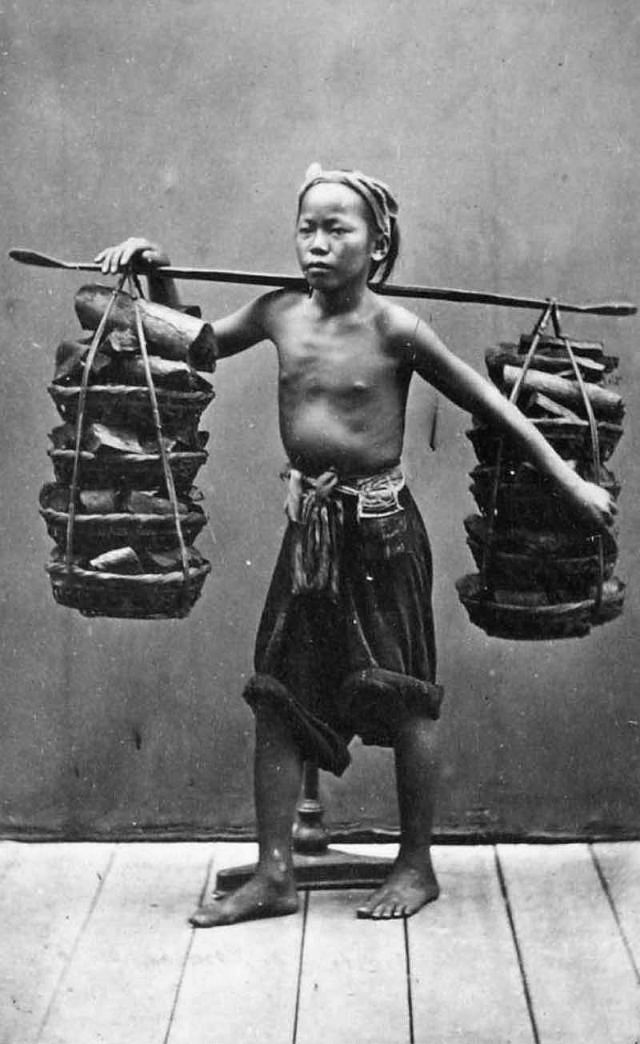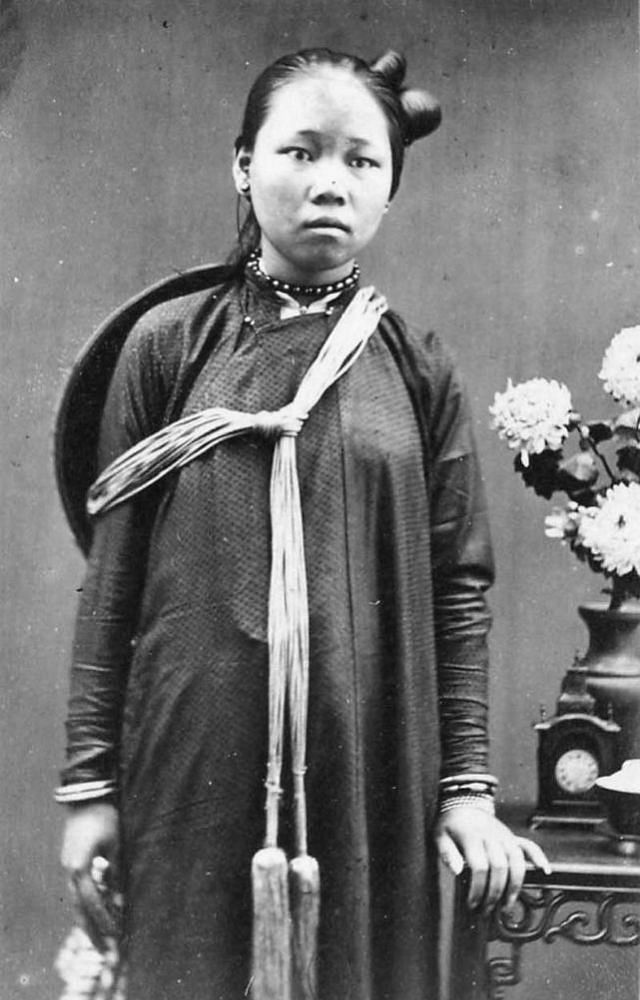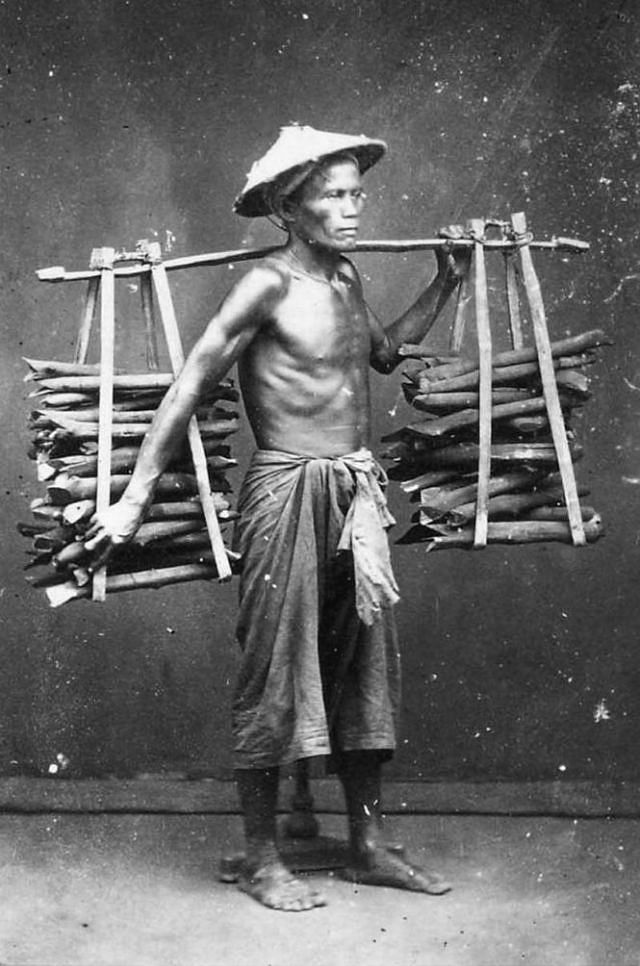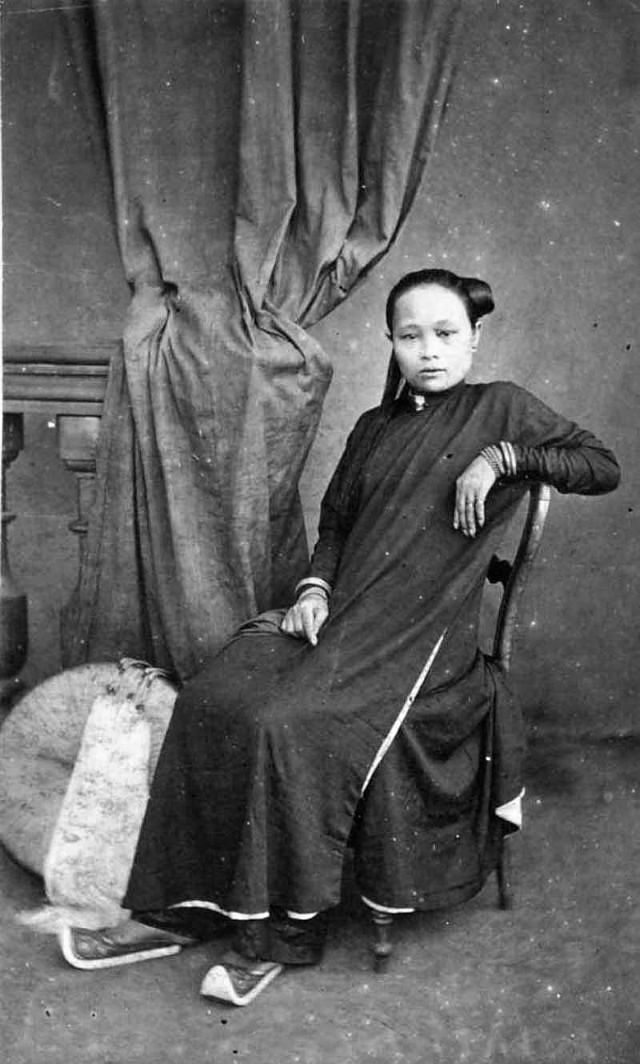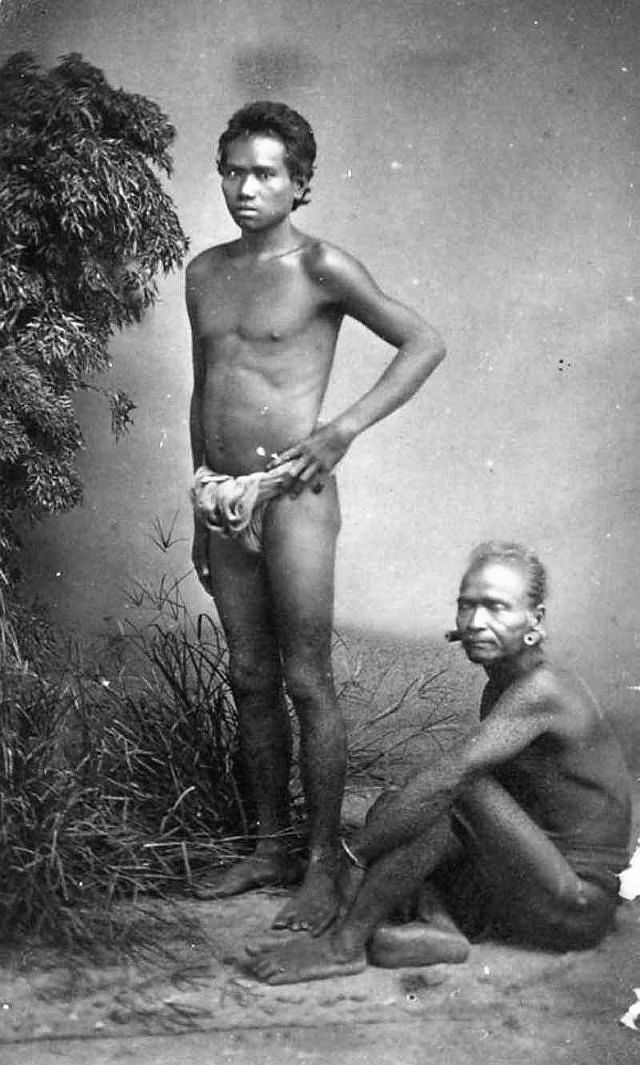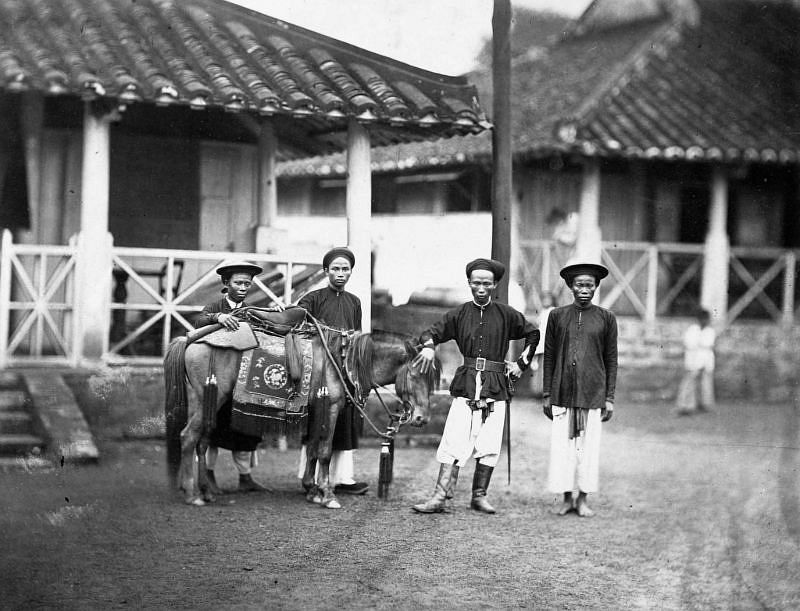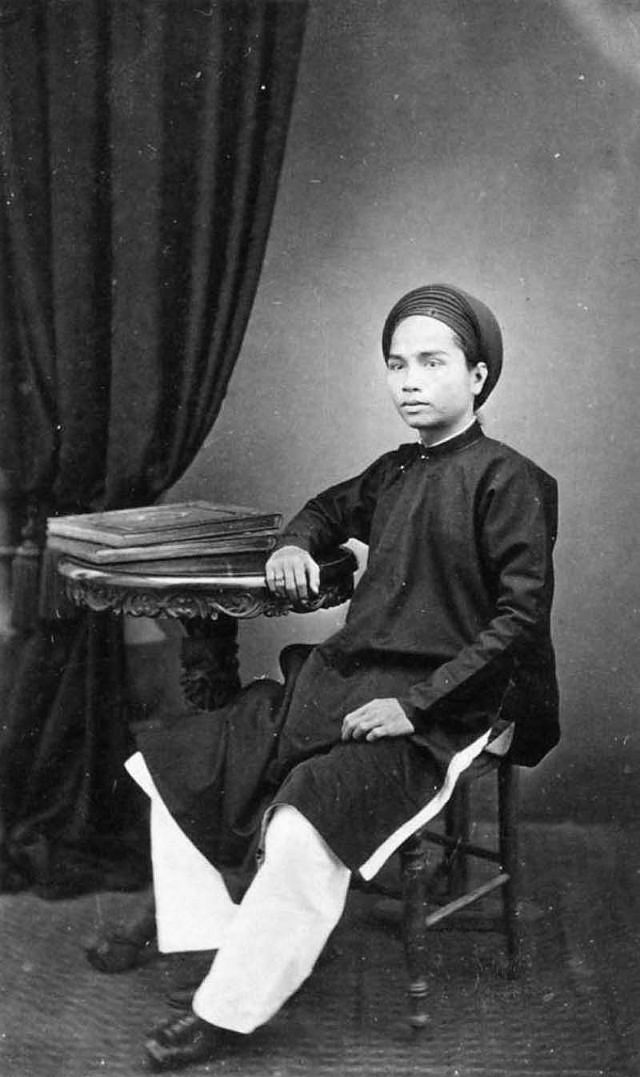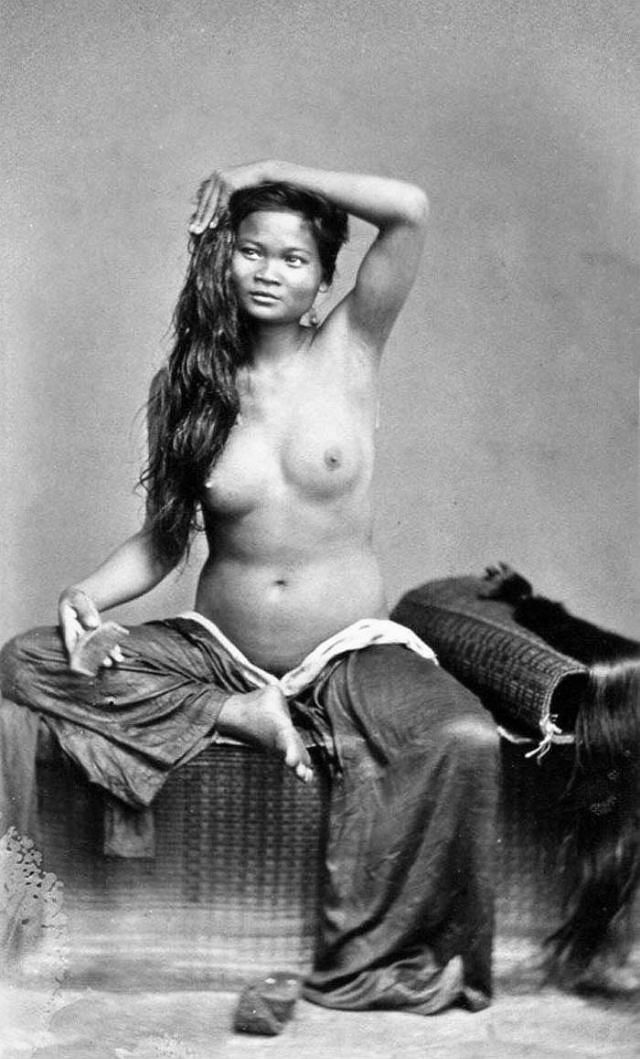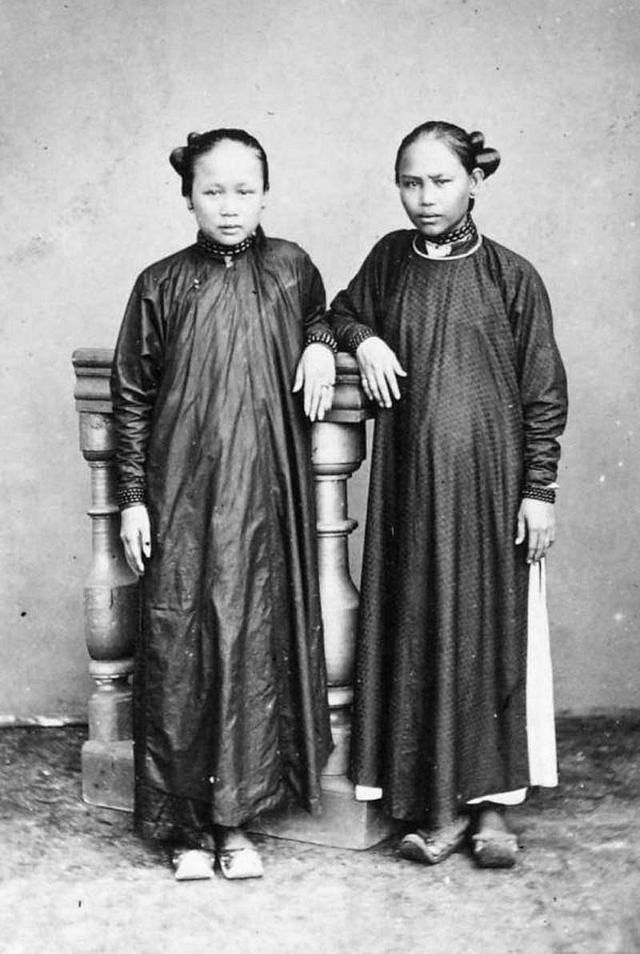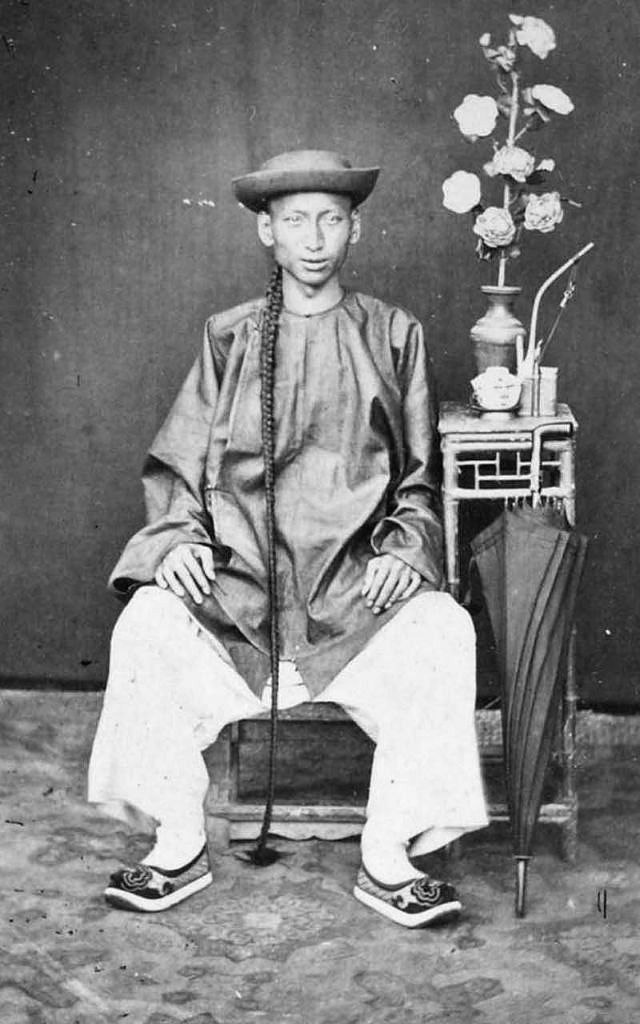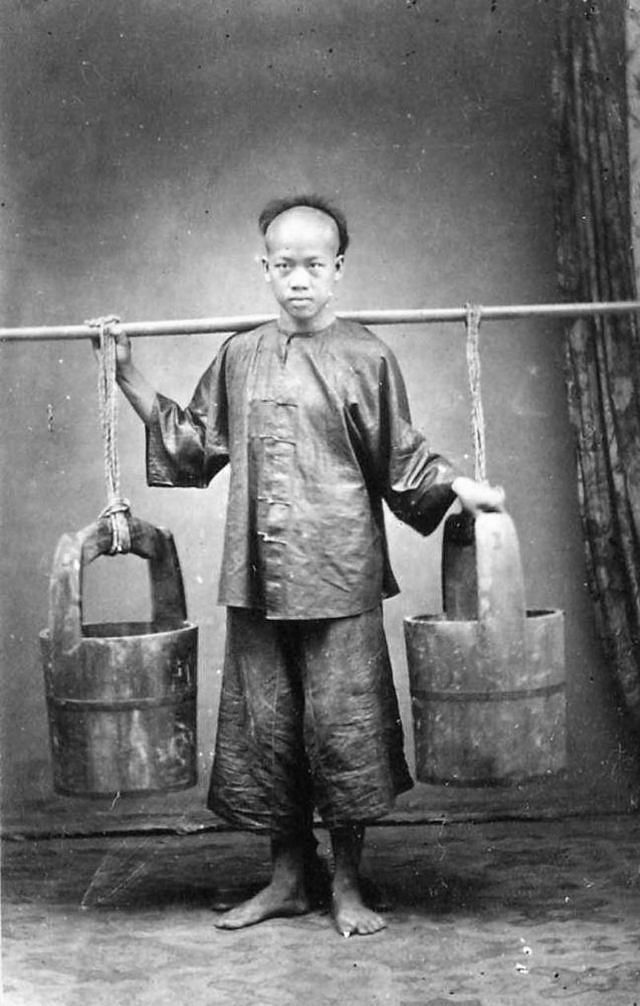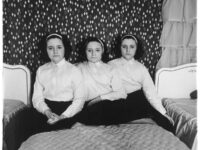Émile Gsell was born in Sainte-Marie-aux-Mines, Haut-Rhin, France on 31 December 1838. He served in the military from 1858 to 1866, during which time he learned photography and travelled to Cochin China (now Southern Vietnam).
In Cochin China, Gsell was hired by the Commission d’exploration du Mékong, directed by Ernest Doudart de Lagrée (b. 1823 – d. 1868), to photograph the ruins of Angkor. Gsell accompanied the expedition to Cambodia and Siam (now Thailand, and at the time in possession of Angkor) from June to September or October 1866, often receiving suggestions for photographic points of view from Doudart de Lagrée.
Also in 1866, following the expedition, Gsell established himself as a commercial photographer in Saigon, becoming the first professional photographer to do so in that city.
Group portrait of Doudart de Lagrée and other members of the Commission d’exploration du Mékong, Angkor Wat, Siam (now in Cambodia), 1866. Albumen print by Emile Gsell.
In the first half of 1873 Gsell returned to Angkor and travelled through Cambodia with Louis Delaporte. On the strength of his Cambodian photographs Gsell was awarded a medal of merit at the Vienna International Exhibition, which was held from 1 May to the 31 October 1873 and during which Gsell exhibited two albums of photographs, one of the ruins of Angkor and the other of “the mores, customs, and types of the Annamite and Cambodian populations”.
In April 1875, Gsell accompanied a mission, led by Brossard de Corbigny, to Huế, though he was not allowed to photograph the people he met nor the Citadel. However, two of his photographs demonstrate that he was in Hanoi at the end of 1875 and from November 1876 to January 1877 Gsell was able to take many views of Tonkin (now Northern Vietnam).
Gsell’s photographs were marketed by Auguste Nicolier, who sold chemicals and photographic supplies in Saigon from 1876.
Emile Gsell died at home in Saigon on 16 October 1879. After his death, O. Wegener succeeded Gsell, obtaining and using his stock in the early 1880s then passing it on to Vidal (also known as Salin-Vidal) who marketed it under the names Vidal and Salin-Vidal until his own death in 1883.

